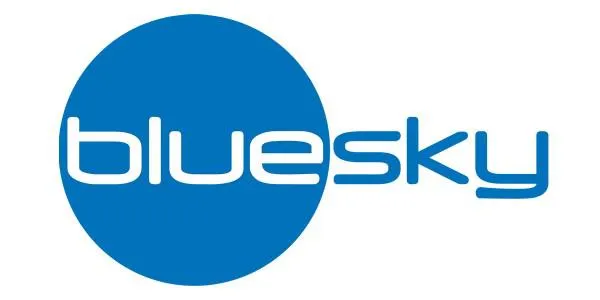MXT produce interactive simulations for Nationally Significant Infrastructure Projects (NSIPs). Understanding planning applications can be challenging. Our work is to transform your existing data into intuitive simulations for diverse stakeholders ranging from members of the public and policy makers to designers, engineers and operational teams.
Benefits spanning the project life cycle
Enhance Communication
Engagement is more impactful when you demonstrate your thinking visually, audibly and experientially.
- Deliver key messages about client scheme requirements
- Free-to-roam, data led environments build trust that a visualisation is a transparent reflection of what’s to come
- Gain insight into customer sentiment through in-built analytics
Improve Planning
We provide a safe, repeatable digital project twin for operations teams to address uncertainty in decision-making, conduct scenario planning and develop immersive training programs.
Cost Saving
Our software recycles and reuses existing data and delivers new digital assets that add value throughout the project lifecycle.
Designed for accuracy at speed
MXT’s semi-automated approach combines geospatial and physical sciences with game and film technologies to generates assurable environments, that can be delivered at pace.
Natural Environment
MXT are specialists in transforming geographic information into natural and believable computer-generated imagery.
Our environmental workflow incorporates data from both environmental impact assessments and national surveys.
Combined, these resources underpin the generation of natural landscapes that visualise, terrain, land use, ecology and archaeology information.
Built Environment
MXT specialise in preparing our clients’ Building Information Modelling (BIM) for interactive use, collaborating with engineers and architects to realise a project’s design ambitions for public consultation. Post-decision, we efficiently handle detailed design updates and extend value, during delivery, by using our environments and assets in operational contexts.
Road User Modelling
Transport schemes are designed to make customer journeys safer, greener, quicker, and more reliable. The most impactful way of communicating those benefits is to show those customers how their journeys will change.
MXT is the first and currently the only UK government provider to combine building information and traffic modelling into a single solution. This unique approach offers customers a complete and immersive view of a projects journey time and congestion improvements.
Our interactive mobility simulations ingest standard two-dimensional, origin-destination data and return believable, three-dimensional results; faithfully recreating the physics, graphics and traffic management of real transport environments.








